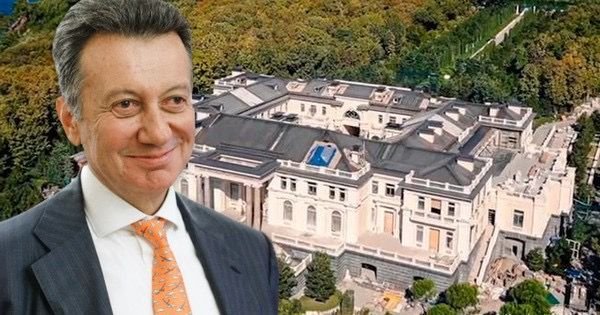Putin’s Architect and the Code of Ethics
In the era of DIY home design and HGTV, it sometimes feels like the Wild West of architecture. Especially when it comes to single family projects. Everything is up for grabs, most states do not even require a license to design homes (with some exceptions), and whoever is the quickest on the draw (yes, this is a pun), wins.
Why, then, should there be any rules in this Wild West? You may be surprised to learn that Architects are not only responsible for following the building codes, but are also bound by a code of ethics. Quite like the Hippocratic Oath for doctors, a certain ethical and moral compass exists in the profession of architecture.
This code of ethics dictates that the Architect looks out for the best interests of their client and serves as the client’s representative during the complicated process of designing and constructing a building. It also means that the interests of the client (budget, energy efficiency, health and welfare) are sometimes at odds with self-interests of the Architect. For example, Architects often specify construction materials for their quality, performance and aesthetics. It would be unethical for them to prefer a certain material over others because the manufacturer offered the Architect a monetary compensation (a “kickback”) if they specify the product.
Putin’s Architect
Lanfranco Cirillo became known as “Putin’s architect” after the investigation by a Russian opposition leader Alexei Navalny, which highlighted a Black Sea estate now called “Putin’s Palace.” In a recent article about Cirillo published by Meduza, we learn that he was born in Italy and (probably) attended architecture school there. He started his design career in Russia in his thirties, serving more and more extravagant needs of the Russian oligarchs and making a lot of money in the process.
He eventually obtained Russian citizenship and his career culminated in the design and construction of Putin’s Palace. According to the article, Cirillo has no regrets and claims that all of his business activity in Russia has been legal.
Maybe so. However, how does one reconcile the ethics of working for the world’s worst dictator? Does the moral responsibility of an Architect end at representing their client? Do they not also have this moral responsibility before their fellow citizens and the whole planet?
Putin, especially in the light of his invasion of Ukraine and atrocities committed by his army there, often gets compared to Hitler (who had his own architect, later convicted of war crimes and crimes against humanity).
What ethics exists for the architects who service dictators? Would you design for Hitler? What should an ethical Architect do if a bad guy offers them a lot of money to design their palace?
In the words of Chris Karcher, “Integrity is choosing your thoughts and actions based on values rather than personal gain.” Lanfranco Cirillo is currently under investigation by the Italian police for money laundering and tax evasion. One could argue that his actions (designing and building for “bad guys”) are in direct conflict with the values of an honest, ethical Architect, and that he chose to ignore those values precisely because of the enormous personal gains.
Will you design gas stations?
A while ago, when we were just starting sparkSTUDIO, we had many long conversations about our interests and values. We wanted to pinpoint what we stand for. It’s a curious exercise…it makes one dig deep and consider what is important and what isn’t.
One of our values is the responsibility we have, as Architects and as citizens of the world, to do something about the runaway global climate crisis. There is a lot of depressing data about how much the design and construction decisions of our predecessors contributed to the situation we find ourselves in today. Buildings consume huge amounts of energy, both through the construction materials they are made of, and once they become occupied. Something like 40% of greenhouse gas emissions come from building and operating buildings.
So we have to undo the damage, and going forward, not make it worse. Do no harm.
This is the Hippocrates Oath of the present-day Architects. This unspoken oath and code of ethics inform our design decisions, the advice we give our clients, and even the kind of clients we take on. Back at the beginning of sparkSTUDIO, during one of the soul-searching conversations with a mentor, they asked us this:
“Will you design gas stations?”
And the answer is a resounding “No.” Following the same scripts that brought us to the climate crisis goes against our ethics. Pumping more gas into the pollution machines is doing more harm.
Of course, someone, another architect, will do the gas stations…but not for long. We see a better future ahead. A future of clean energy, walkable cities and peace. And to get there, we need to keep saying “no” to the bad guys.
P.S. The American Institute of Architects publishes the official Code of Ethics and Professional Conducts that Architects are required to abide by. You can read it here.


